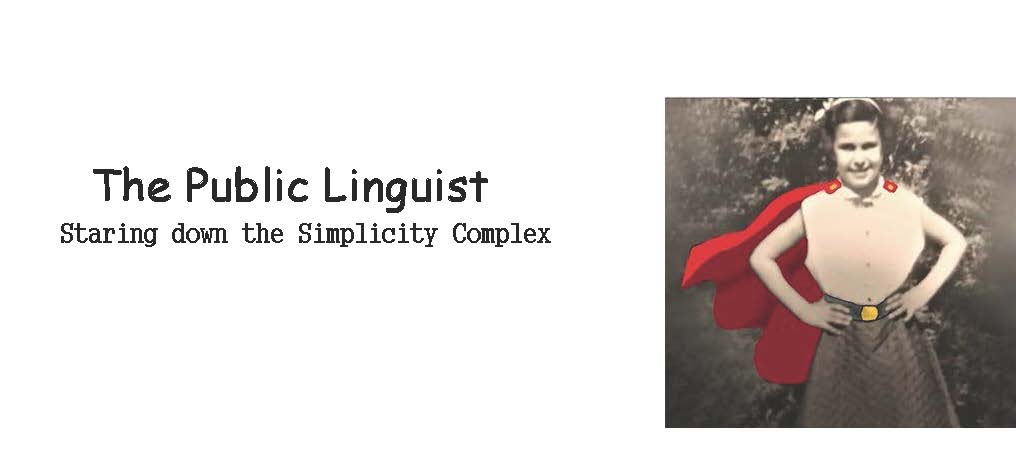In a long list of communications campaigns that the New York City Transit Authority has used to make Big Apple streets safer places, its newest campaign gets people like me - people who study how people make meaning from words and pictures, especially when it comes to public health and safety, really sittin' a while a pondering.
Hundreds of these signs are going up in the pedestrians clear line of site. www.nyc.gov
DOT Commissioner Janette Sadik-Khan said: “We’re putting poetry into motion with public art to make New York City’s streets even safer. These signs complement our engineering and education efforts to create a steady rhythm for safer streets in all five boroughs.”
Let me say I am a fan of Haiku. I often don't "understand" it. But I'm drawn, almost stopped in my tracks, by its singular, lasting effect.
Let me say I am a fan of Haiku. I often don't "understand" it. But I'm drawn, almost stopped in my tracks, by its singular, lasting effect.
To help myself know what I think about the campaign, minus any empirical evidence - hanging out on rainy street corners doing intercept interviews, running focus groups to copy test the readability of the ads, or luring folks into my usability lab to simulation test the signs - I've made a list of some linguistic and text theories that support the use of Haiku versus what theories & phenomenon that would not support using Haiku to communicate public safety.
Pros | Cons |
Haiku is short text - usually 3 lines / 17 syllable. She walks in beauty Like the night. Maybe that’s why Drivers can’t see her. (3rd grade level vocabulary) | High level words pose reading problems ( (50% of adults in US read at 8th grade level or lower. Example from one curbside Haiku sign: Too averse to risk To chance the lottery, yet Steps into traffic ("averse"- 10th gr level word) |
Haiku relies on phrases that paint a picture or capture a singular effect - often memorable. |
Many people read literally unless they are specifically prompted not to. |
One of the powers of poetry and poetic language is that it makes the familiar “strange” and therefore we see the message with new eyes. It makes an impact in the way ordinary language cannot. In this sign example below the overt use of the simile "like" cues the reader to be ready to make a comparison. The traffic rolling like waves. |
Readers unaccustomed to reading poetic language can struggle with making meaning. If the language does not overtly cue the reader to read thinking comparison - simile, metaphor, comprehension is not likely. In this curbside haiku there is no cue to tell the reader to read it as a comparison. Car stops near bike lane Cyclist entering raffle Unwanted door prize |
Poetry plays with words: Most people, regardless of their literacy level, play with words orally. |
They are much less likely to "get" the meaning of plays on words in print, especially plays on difficult words. Cyclist writes screenplay Plot features bike lane drama How pedestrian |
Feel free to add to this list.
\




